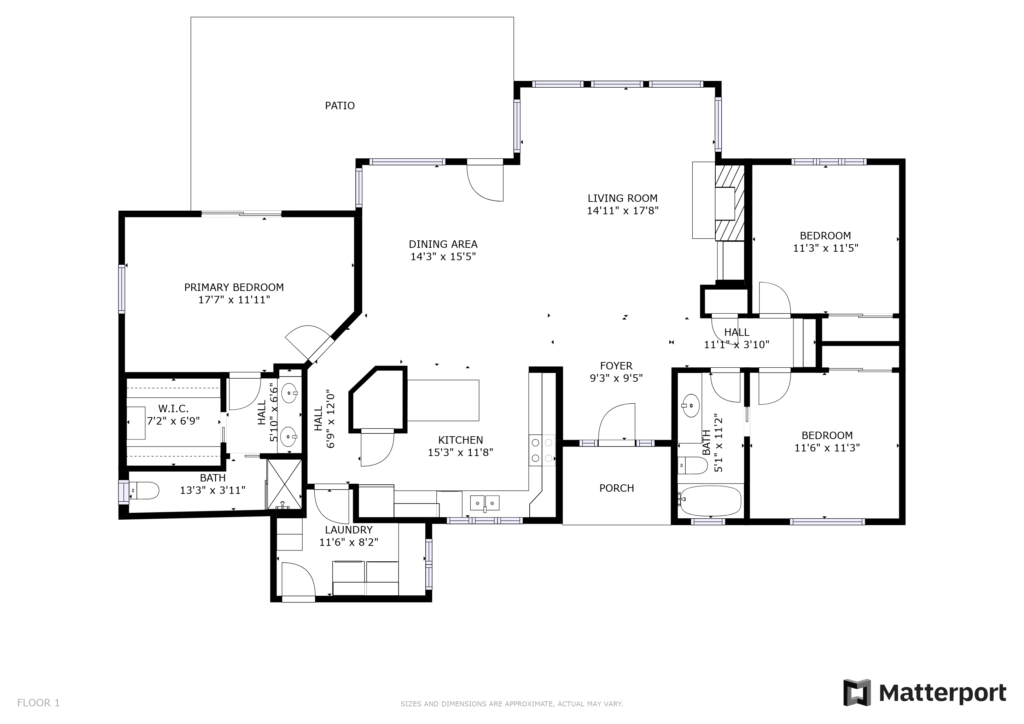
At Strategic Realty, LLC, we prioritize integrating sustainable living practices into modern homes across Central Oregon. Incorporating green features not only enhances your home’s efficiency but also boosts its overall appeal in our environmentally conscious community. Whether you’re considering selling or enhancing your living space, here are several compelling green features to consider:
1. Energy Efficiency
Upgrade to energy-efficient appliances, such as Energy Star-rated refrigerators and dishwashers, to reduce energy consumption and lower utility bills. Installing solar panels harnesses Central Oregon’s abundant sunshine, offering substantial long-term savings on electricity costs.
2. Improved Indoor Air Quality
Choose low-VOC (volatile organic compound) paints and finishes to improve indoor air quality while reducing harmful emissions. Incorporate natural ventilation systems or air purifiers to ensure a healthier living environment, ideal for the pristine air quality our region is known for.
3. Water Conservation
Install low-flow toilets and faucets to minimize water usage without compromising performance. Consider drought-resistant landscaping and smart irrigation systems that adjust watering schedules based on local weather conditions, preserving our precious water resources.
4. Enhanced Comfort and Durability
Opt for sustainable building materials like bamboo flooring or recycled content countertops, which offer durability and aesthetic appeal. Efficient insulation and double-paned windows improve thermal comfort and noise reduction, essential for year-round comfort in Central Oregon’s diverse climates.
5. Increased Property Value
Homes with green features often command higher resale values and attract environmentally conscious buyers. Highlighting these sustainable upgrades can set your property apart in a competitive market, appealing to those seeking long-term savings and eco-friendly living.
6. Environmental Responsibility
By integrating green features, homeowners contribute to reducing their carbon footprint and promoting sustainable practices in our community. Embracing these initiatives not only benefits the environment but also aligns with the values shared by many Central Oregon residents.
7. Financial Incentives and Tax Benefits
Explore local incentives, such as energy efficiency rebates or property tax incentives for sustainable upgrades. These financial benefits can make green improvements more affordable while enhancing your home’s market appeal and investment value.
Conclusion
At Strategic Realty, LLC, we encourage homeowners to consider integrating green features that enhance both the value and sustainability of their homes in Central Oregon. Whether you’re preparing to sell or simply upgrading for personal enjoyment, these eco-friendly choices offer significant benefits for your property and our environment. Contact us today to learn more about how green features can elevate your home’s appeal and efficiency in our region.




